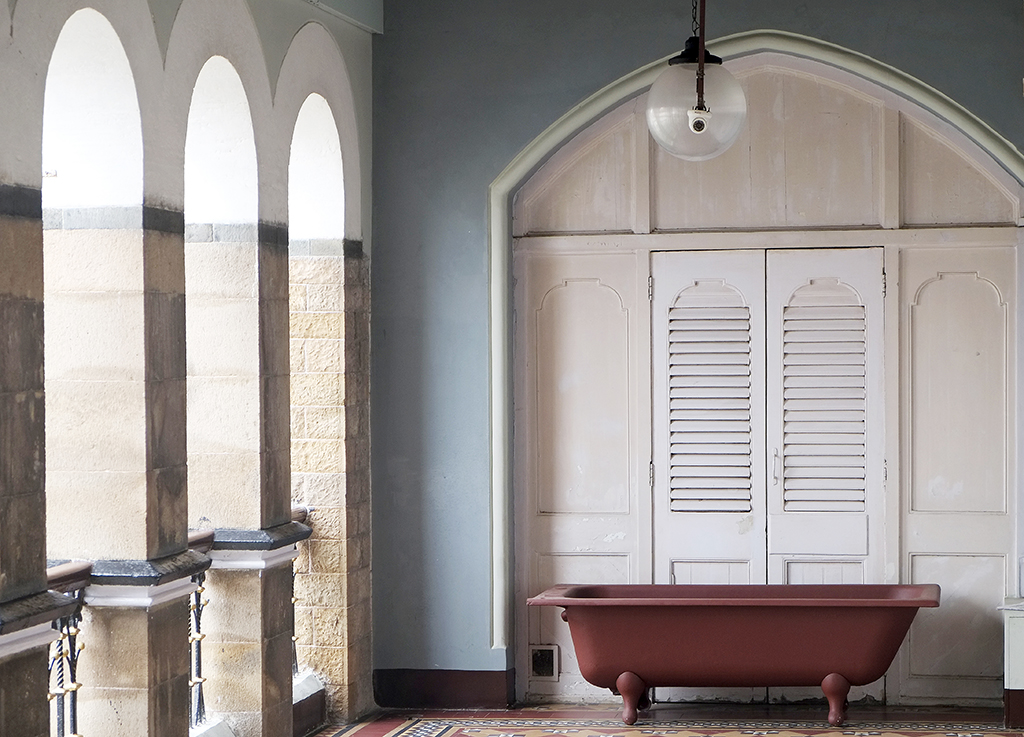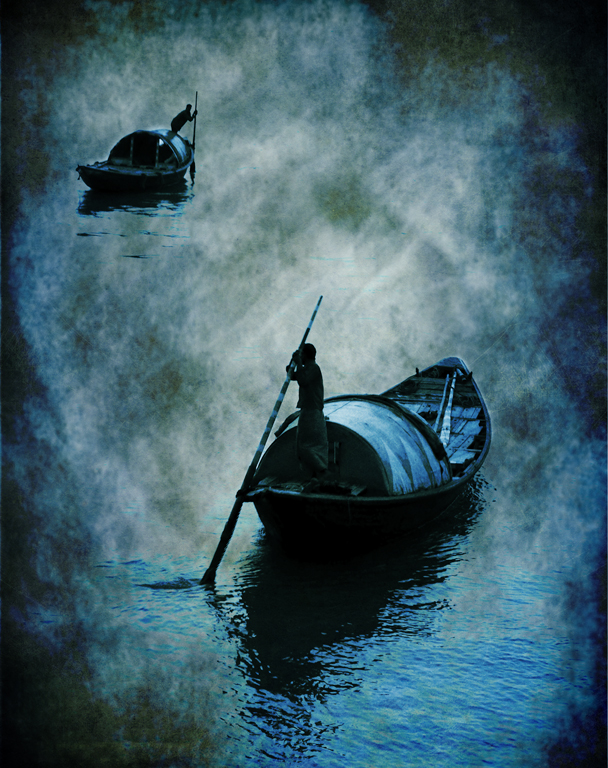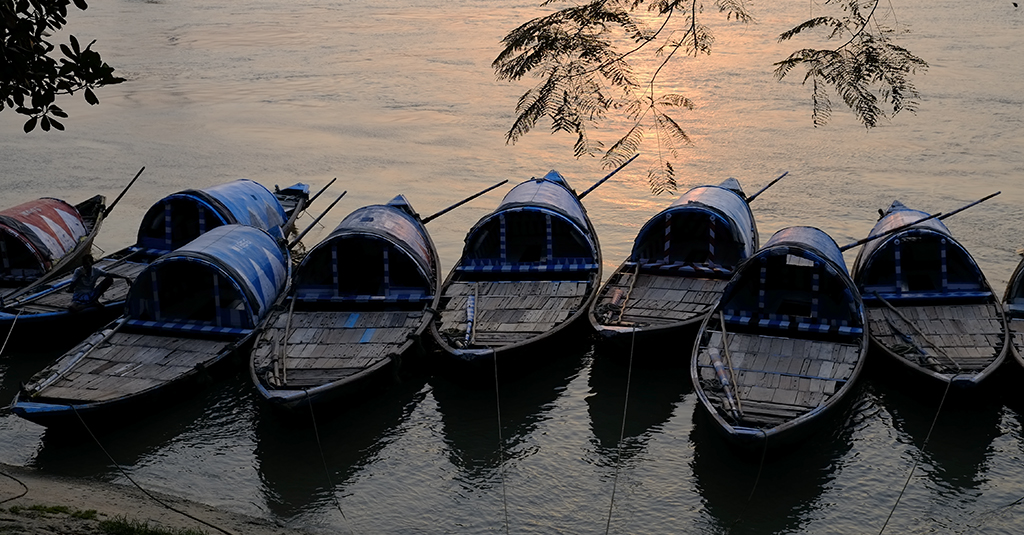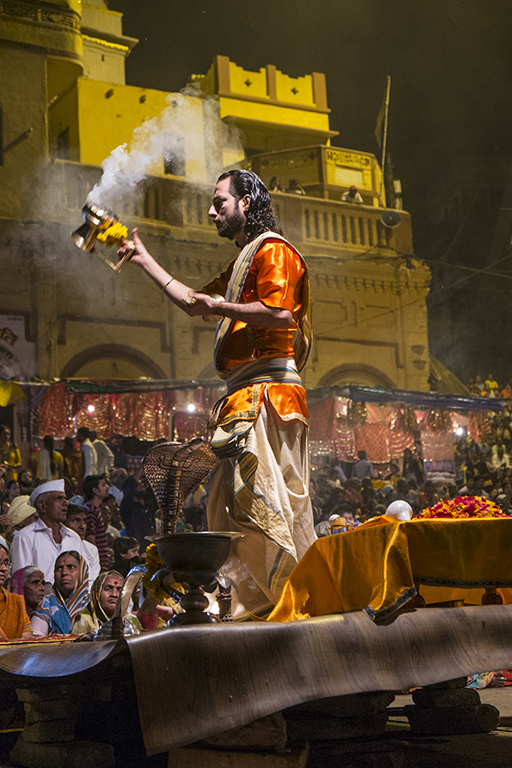My interest in photography goes back to my school days in the early 70’s starting with a Zeiss Ikon Super Ikonta roll film camera, graduating to a Minolta SRT 101, Nikkormant Ftn and finally to a Nikon FM. In early 2002 I explored digital with a Nikon D100 DSLR (6.1MP) adding a few Nikon lenses. Over the years digital cameras and lenses became larger and heavier making for a somewhat heavy gadget bag to carry on trips. The kit when used on the street attracted unwanted attention from passers by which is not a good idea in some countries in Asia. I often wondered when someone would introduce a high end digital camera based on a retro design of a long forgotten period in photography.
This is a guest post by Ashok Viswanathan, an Indian photographer from Mumbai. Thanks so much, Ashok! Would you also like to write about your photography and share your images or photography tips and techniques with the FujiLove community? Go ahead and send a brief description of your article idea and a couple of samples of your work to contactfujilove@gmail.com.
My primary interest is black & white but the richness and flexibility of digital colour fascinates me. Photoshop & digital imaging has evolved in the last 10 years and changed the way we handle images. Apart from traditional images I enjoy producing watercolours, line drawings, solarisations, and posterisations. More recent explorations are in the field of HDR, blending modes and newer creative software such as Post workshop. My subject matter is mainly landscapes, seascapes, portraits and travel images. I am passionate and deeply involved in my photography. Although a self taught amateur my work has won awards and been exhibited in national & international exhibitions in several countries including some published magazine work.
It wasn’t long before Fuji Japan introduced the X100 that to Fuji’s suprise had photographers lining up to get their hands on one. It was an instant success despite the shortcomings. It was followed by the X-Pro1 a classic retro design with features that every photographer desired. Fuji policy to upgrade the software set a new trend and Fuji was listening to the feedback they received. I was now ready to be the proud owner of a Fuji proX1 with a 18~55 mm f2.8 lens (equivalent to approx 28-85mm in full frame). Probably the first one in India. It had all the features I wanted in a small camera. Without doubt the perfect travel camera with interchangeable lenses and full manual overrides for the photographer who does not want to rely on automation. At the same time it is as advanced as you want it to be. It simply depends on the photographer, as to what features you want to use. It’s a complex camera that take a while to understand and a fine topic of discussion at the camera club.
The time had come to say goodbye to my well used Nikon system. I loved the X-Pro retro look and the image quality was stunning. The in camera jpg exhibited very good sharpness and excellent colour saturation. No surprise here as Fuji knows colour. In most cases jpg was all you needed while you kept the RAW files stored away safely. With the X Pro came an upgrade to a Macbook Pro in order to get the best out of the Fuji files… A 4 Gb RAM is adequate to handle the RAW files while an 8 Gb RAM would be nice to have.. The reduction in weight and size meant I took it out more often, accompanying me on business travel as well.. It’s a camera that allows one to blend into the crowd without attracting attention. Those who saw me use the X Pro on the street thought it was an antique film camera. An added bonus was the capability to use almost any lens via an adapter. I had retained my Nikon 14mm f2.8 super wide that now is fitted with a Metabones adapter for the Fuji. In September, while on a holiday in Dubai I invested in the fabulous and expensive 50-140mm f2.8 Fuji lens which is not yet available in India.. The fixed 2.8 max aperture at all focal lengths necessarily makes for a somewhat large lens. The build quality and weather sealing tells you that this is no ordinary zoom lens but one designed for a professional application. My next lens will be the Fuji 10-24mm f4.0 and that will complete the kit. The tripod is by Manfrotto. Fuji is now shifting focus to cater to the professional which is indicated by the number of fast pro grade lenses being launched. My equipment is stored in a humidity controlled cabinet set at 38% RH to avoid any possible fungus caused by the high humidity in Mumbai.
Handling is all that one can hope for. With either shutter priority or aperture priority you can decide which to set. I usually set the f stop and let the camera select the shutter speed. This ensures that your images have adequate depth of field depending on the subject.
My X Pro 1 usually is set to ISO400 with center weight metering with aperture priority. Fn is set to ISO in order to be able to make quick ISO changes if required. In order to extend the battery life on a day out I have slightly reduced the LCD brightness as also not reviewing every image at the time of shooting. I find this considerably extends battery life and so far have not had a battery die on me while out shooting. An improved battery life would however be welcome.
The X Pro with a wrist strap and the quiet shutter is perfect for street photography and one tends to look like a tourist rather than a pro photographer. Recent upgrades to the firmware has greatly improved the focus speed.
The low light capability of the Fuji is amazing as also the amount of shadow detail in the files. The black & white images have lovely tones needing little adjustment. My workflow is usually only a slight contrast adjustment, check levels and some cropping if required. In order to get the best out of the RAW files you should try and ensure that you get a histogram with a good curve from shadow to highlight so that there is little or no loss of data in post processing. I have set the Fuji to show a live histogram in the viewfinder and use the exposure compensation to get the best possible curve on the histogram.. Sadly I have yet to understand and use the Fuji software. Playing around with software I found that both the Hasselblad Phocus software and RRP convertor which is free will open Fuji RAW files on a Macbook but not on a PC…and its user friendly.
To conclude the X Pro is a gem of a camera that filled a void, especially with older photographers who started on rangefinders. Having used it for a somewhat short time, I can say that it’s a camera where a lot of thought has been put into the design. From feedback on various web sites it is clear that Fuji has a winner and many of us are looking forward to the next generation X Pro 2. I know I am.
Make sure you visit Ashok’s online gallery at www.pbase.com/chubbix.


























